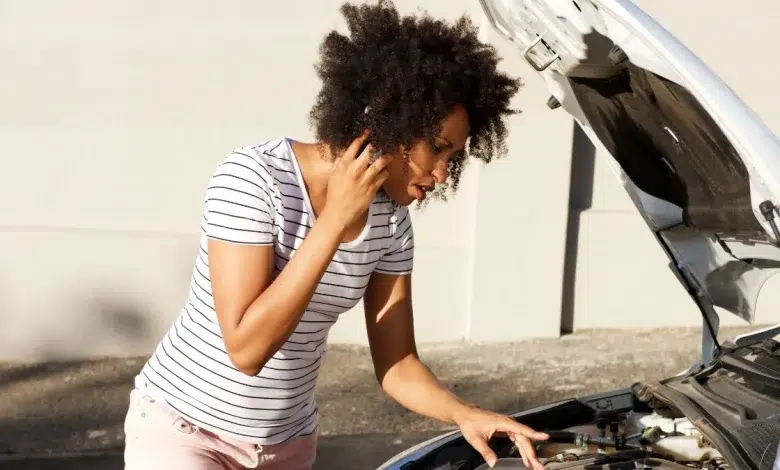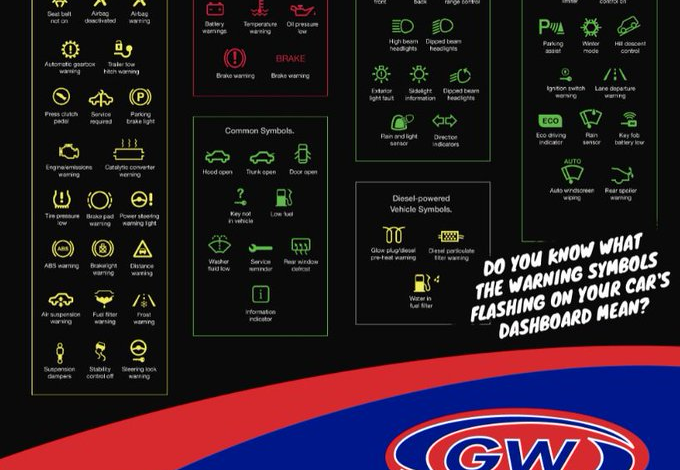Top 10 Driving Habits That Are Killing Your Car

Many drivers are unaware that common driving habits can significantly shorten the lifespan of their vehicles and lead to costly repairs. By recognising and correcting these habits, you can protect your car’s performance and save money. This article highlights the top 10 driving habits that damage your car, explained in clear, factual terms to help you drive smarter and maintain your vehicle better.
Stay safe on the road this winter with our essential car maintenance tips designed for cold-weather driving in Gauteng. Car Maintenance Checklist for Winter Travel in Gauteng. Learn more here.
Table of contents
- 1. Riding the Clutch
- 2. Hitting Potholes and Speed Bumps at Speed
- 3. Shifting Gears Without Fully Stopping
- 4. Not Using the Handbrake Properly
- 5. Sudden Acceleration and Braking
- 6. Running on a Low Fuel Tank
- 7. Ignoring Dashboard Warning Lights
- 8. Overloading the Vehicle
- 9. Using the Wrong Transmission Fluid
- 10. Leaving Your Car in Gear When Parked
- Caring For Your Car
1. Riding the Clutch
This happens mostly in manual cars when the driver rests their foot on the clutch pedal while driving. This continuous pressure causes unnecessary friction and rapid wear on the clutch plate, leading to premature clutch failure. Always keep your foot off the clutch pedal unless you are actively changing gears or starting on a hill.
2. Hitting Potholes and Speed Bumps at Speed
Driving fast over potholes or speed bumps can damage your car’s suspension, wheels, and alignment. Potholes especially can bend rims, break suspension springs, and even cause damage to the underside of your car. Slowing down and avoiding potholes where possible helps prevent these costly repairs.
3. Shifting Gears Without Fully Stopping
Switching between reverse and drive—or skipping direct gear changes—without coming to a complete stop puts strain on the transmission. This can lead to internal transmission damage or gearbox failure. Always ensure your car is stationary before changing between forward and reverse gears.
4. Not Using the Handbrake Properly
Many drivers rely only on the “park” function on automatic cars, especially on inclines. Not applying the handbrake puts extra load on the transmission and parking pawl, which can cause damage over time. Always use the handbrake before releasing the brake on slopes to protect your car’s transmission.
5. Sudden Acceleration and Braking
Rapid acceleration and hard braking strain engine components, brakes, and tires. Smooth driving preserves the life of these parts, improves fuel efficiency, and enhances road safety. Avoid aggressive driving habits that cause unnecessary wear and tear.
6. Running on a Low Fuel Tank
Frequently driving with a near-empty fuel tank can damage the fuel pump. Sediment and debris settle at the bottom of fuel tanks, and drawing fuel from a low level can clog fuel filters and reduce engine performance. Try to refuel before your tank drops below a quarter full to avoid damage.
RELEVANT ARTICLE: Top 5 Driving Tips to Save Petrol
7. Ignoring Dashboard Warning Lights
Warning lights indicate issues that need immediate attention. Ignoring them can allow small problems to escalate into major, costly repairs. Always respond promptly to warning lights by consulting your vehicle’s manual and seeking professional diagnosis.

8. Overloading the Vehicle
Carrying loads beyond the manufacturer’s recommended capacity stresses the suspension, brakes, and steering systems. Overloading also affects handling and safety in emergencies. Stick to specified weight limits to prevent mechanical strain and avoid dangerous situations.
9. Using the Wrong Transmission Fluid
Using incorrect transmission fluid can lead to overheating, gear slipping, and eventual transmission failure. Always use the fluid type recommended by your car’s manufacturer and adhere to service schedules for fluid changes.
10. Leaving Your Car in Gear When Parked
Leaving a manual car in gear without using the handbrake puts extra stress on the transmission components. For automatics, not engaging ‘park’ properly or depending solely on the gear without setting a handbrake increases the risk of mechanical damage and vehicle roll.
ALSO READ: How to Stay Safe When Driving in Snow
Caring For Your Car
Many damaging driving habits develop unconsciously, but simple changes can greatly extend your car’s lifespan. Avoid riding the clutch, respect speed bumps and potholes, shift gears properly, use the handbrake correctly, and listen to your vehicle’s warning signals. These practices not only protect your vehicle but also enhance your safety on the road.



